
Happiness has become a popular topic for research and discussion. Given the fact that happiness has many dimensions – from neurological to political and economic – it was only fitting that panellists came from very different backgrounds. While I reflected on happiness from a research angle and focused on measuring happiness and societal progress, other discussants brought in a business philosophy perspective or represented the Archdiocese of Vienna and focused on history and theology.
What made the format particularly exciting was that it touched on all senses: at regular intervals during the discussion, a violin player brought music to the audience’s (and panellists’) ears; a chef was preparing gnocchi al funghi right next to the stage (using an electric water boiler rather than the a conventional hotplate or stove); and an artist (who had changed into a bathrobe just prior to the discussion) did the moderation. The format also included a gender component: It was emphasised that camera women rather than men were filming the event, thus literally bringing new perspectives to the way the various dimensions of happiness are perceived.
Unconventional, ey? What might have been a rather intellectual and to some people tedious discussion was actually a pretty sensual and very enjoyable event, allowing for deeper engagement than conventional formats. To me this is certainly a format which the organisers of those many meetings bringing together academic, corporate, UN, NGO and other actors can learn from.
Perhaps this is something to consider when you’re next involved in designing a conference, workshop or other type of event!
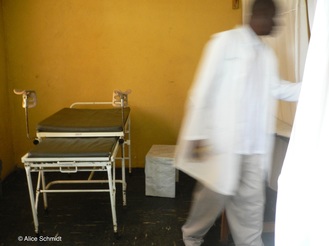
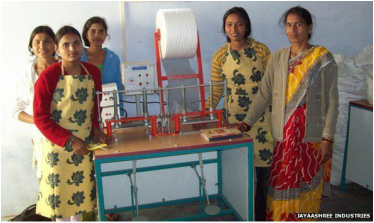
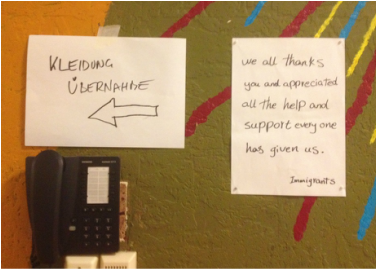
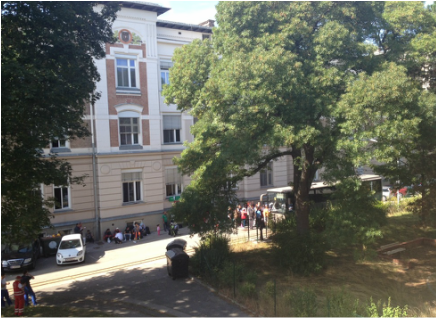



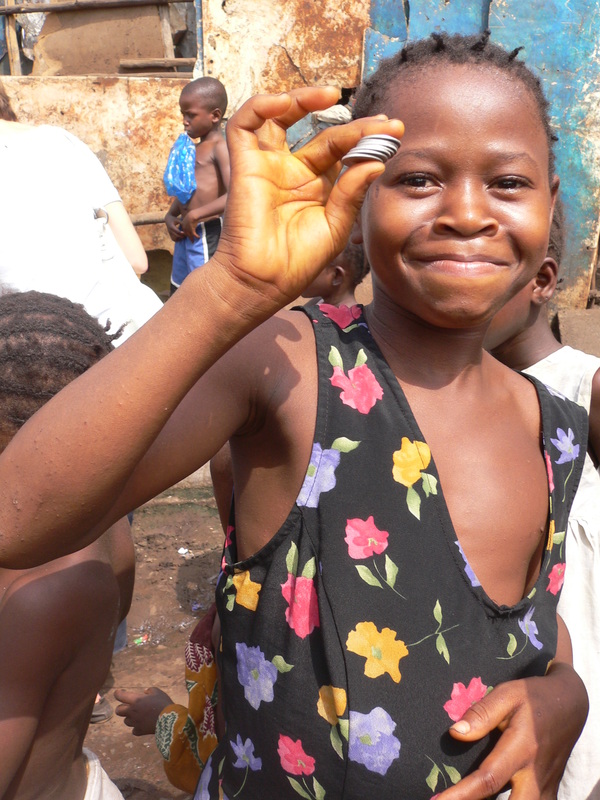


 RSS Feed
RSS Feed